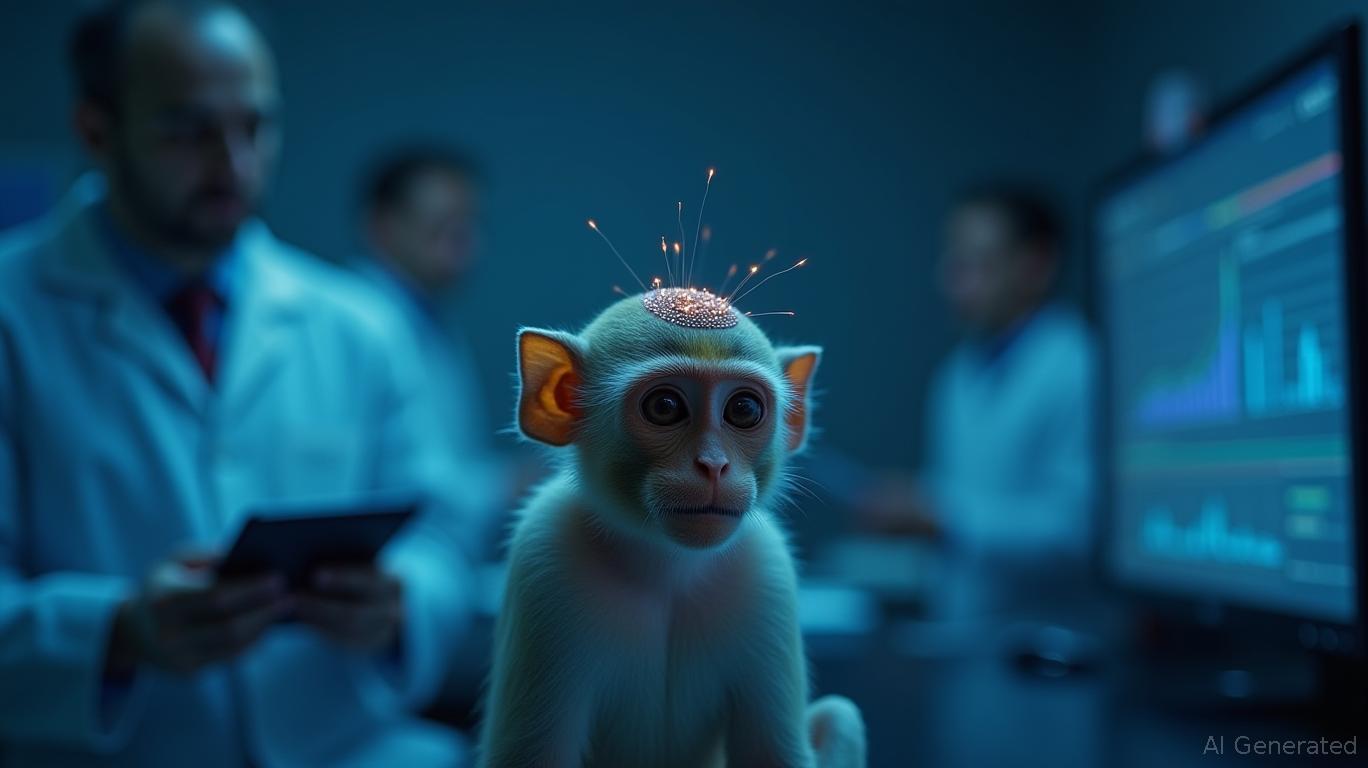Neuralink's "Blindsight" Breakthrough: Monkeys Witness the Unseen in Quest to Restore Human Vision
Engineers at Neuralink recently claimed that the company has successfully enabled a monkey to "see" objects that do not exist in reality through a brain-machine interface device. This groundbreaking development marks a significant step towards Neuralink's goal of helping blind individuals restore their vision.
At a meeting held on June 13, Neuralink engineer Joseph O'Doherty introduced the device known as "Blindsight," designed to stimulate the visual cortex of the monkey's brain and create visual simulations. During the experiment, it was observed that the monkey directed its gaze towards the objects during at least two-thirds of the testing period, indicating a successful visual response induced by the device.
This marks the first time Neuralink has publicly shared experimental data related to Blindsight, a cutting-edge brain-machine interface technology aiming to replicate the functionality of the human
. It represents an attempt to transcend the limitations of traditional medicine in curing diseases.However, as with all animal testing, it remains uncertain whether these results can be directly applied to humans, and the device has yet to receive approval for use in humans in the United States.
Musk has articulated that the short-term aim for Blindsight is to "restore vision to humans," with a long-term objective of enabling "superhuman vision," such as the ability to perceive infrared light. Neuralink has been testing the device on monkeys for the past few years and hopes to commence human trials this year, as Musk publicly announced in March.
Neuralink stands as a pioneer in the rapidly evolving field of neural technology, which aims to benefit individuals suffering from paralysis by implanting brain-machine interfaces to enable direct computer interaction. Musk has noted that similar devices may, in the future, enable paralyzed individuals to regain movement, or even walk again.
O'Doherty revealed that there are plans to eventually complement the Blindsight system with a pair of glasses to enhance the chip’s functionality. He explained that the visual cortex in monkeys is closer to the brain’s surface, making it easier to access. For human applications, Neuralink plans to leverage its robotic surgical system to implant chips deeper in the human brain.


Comments
No comments yet